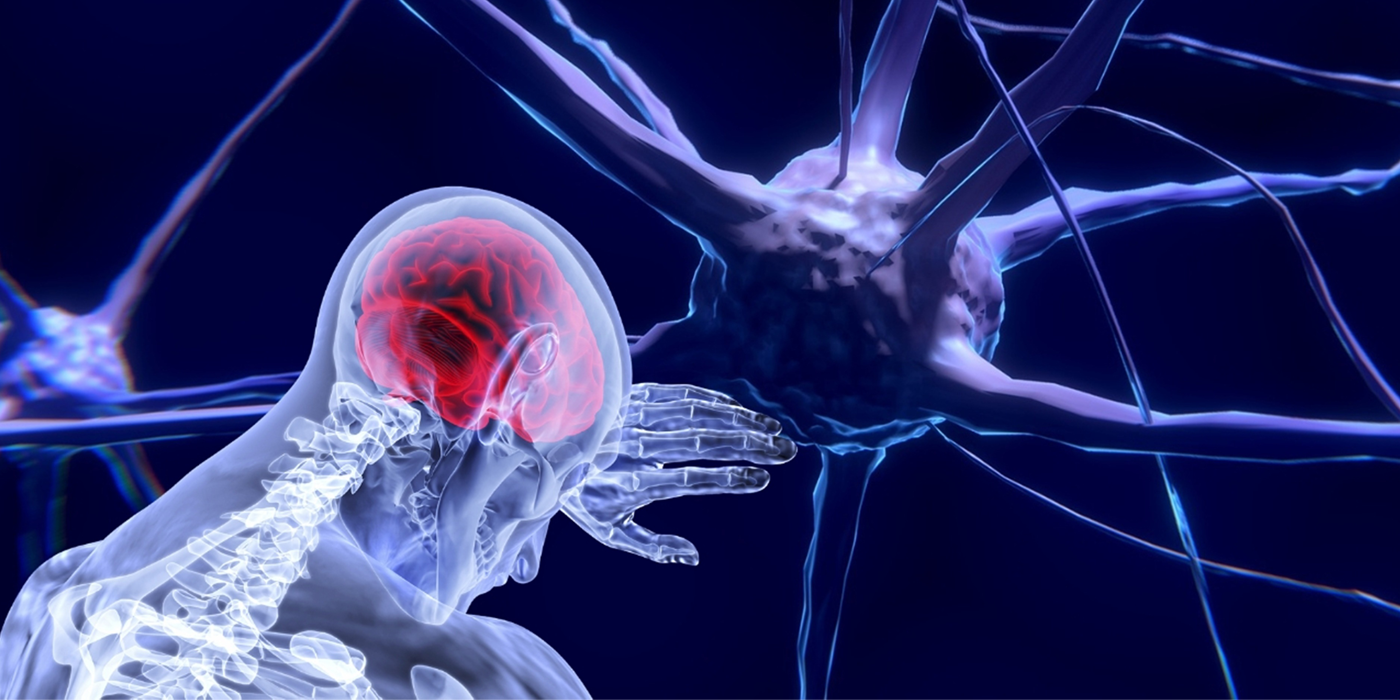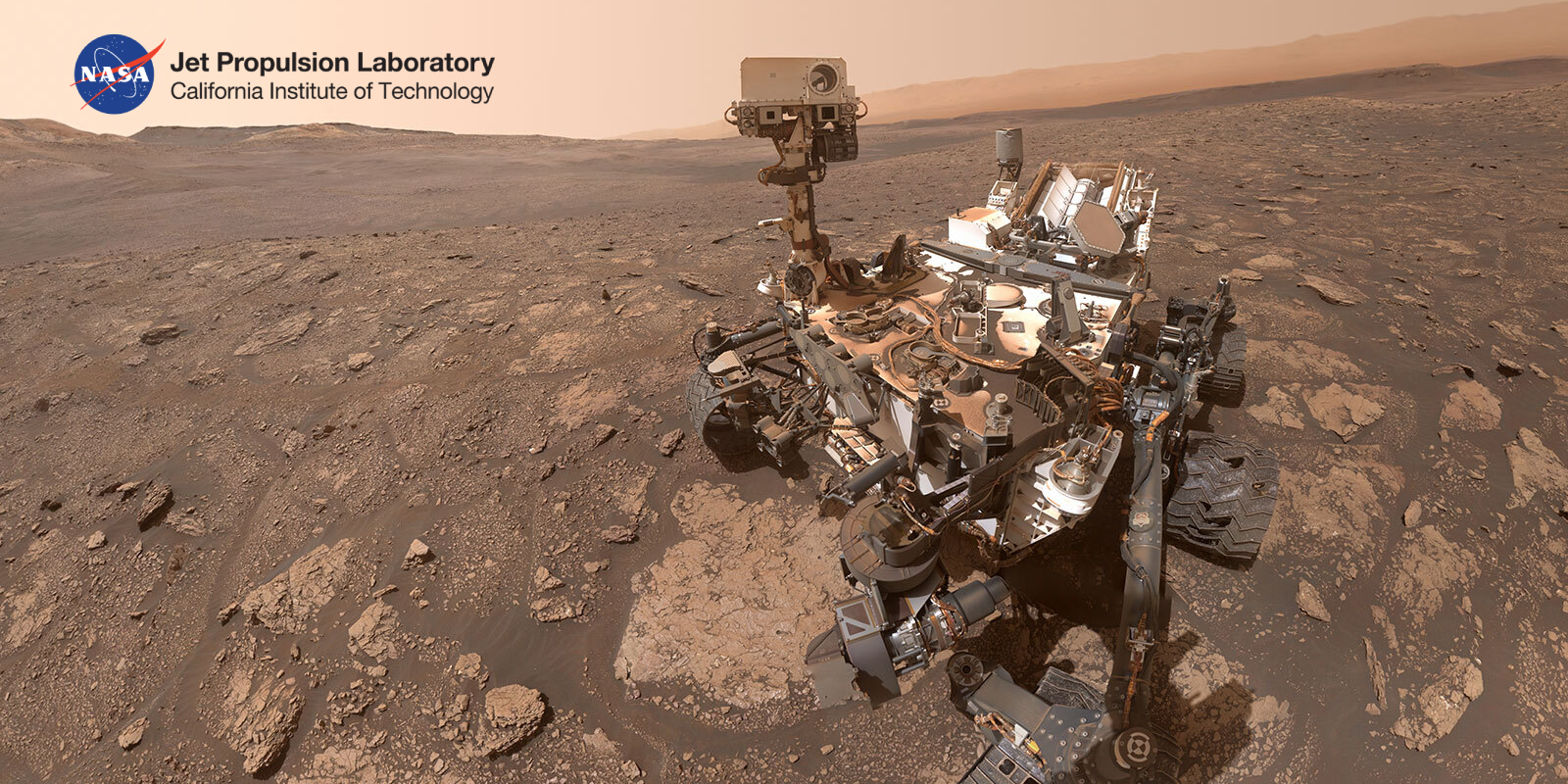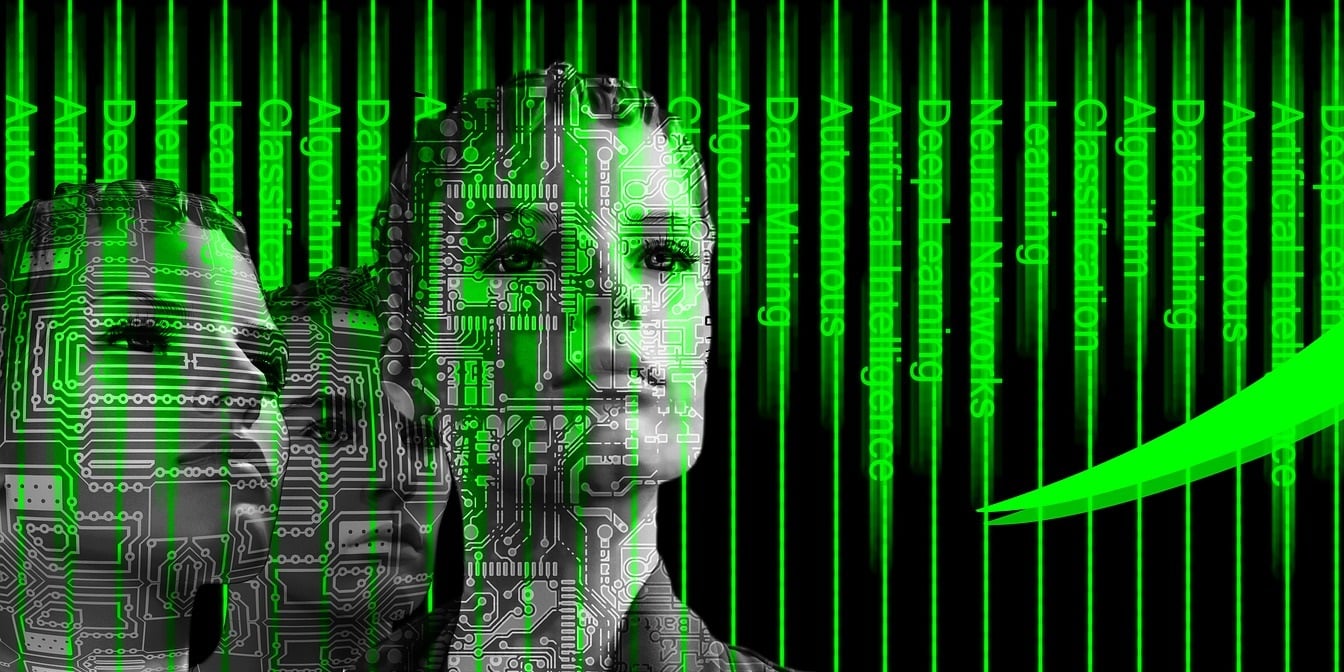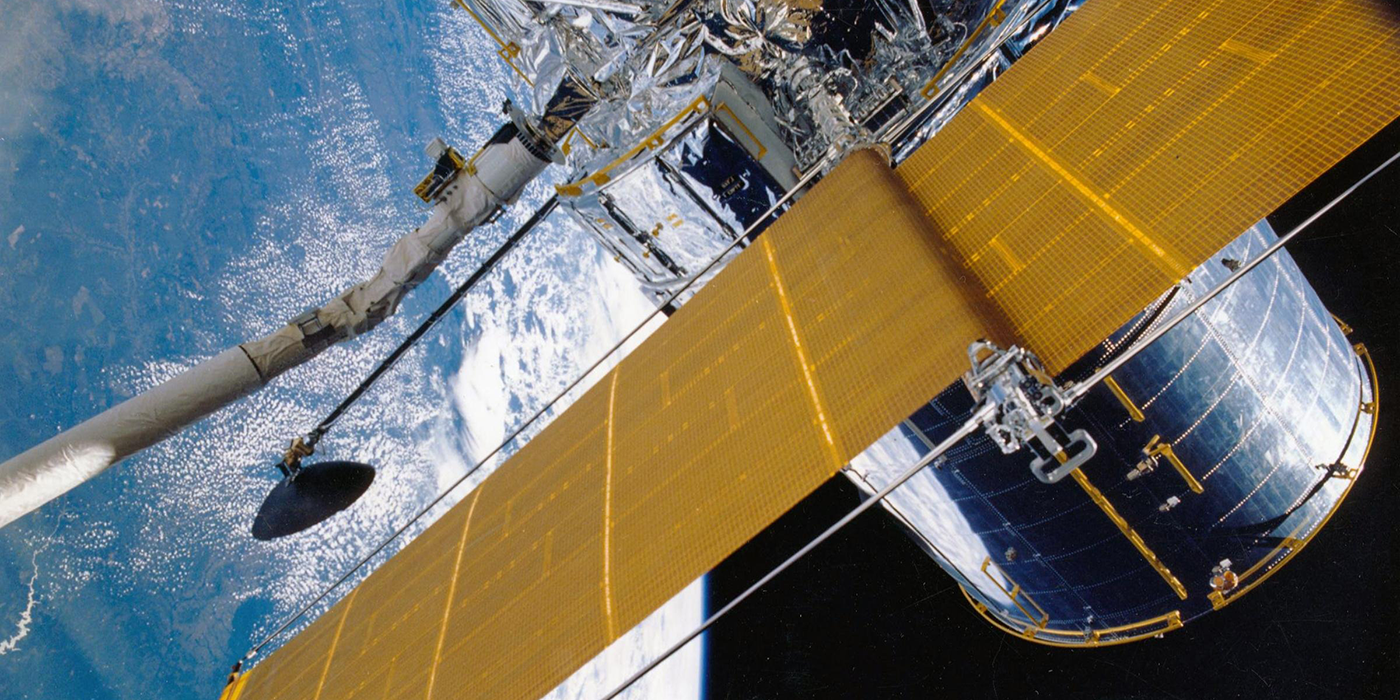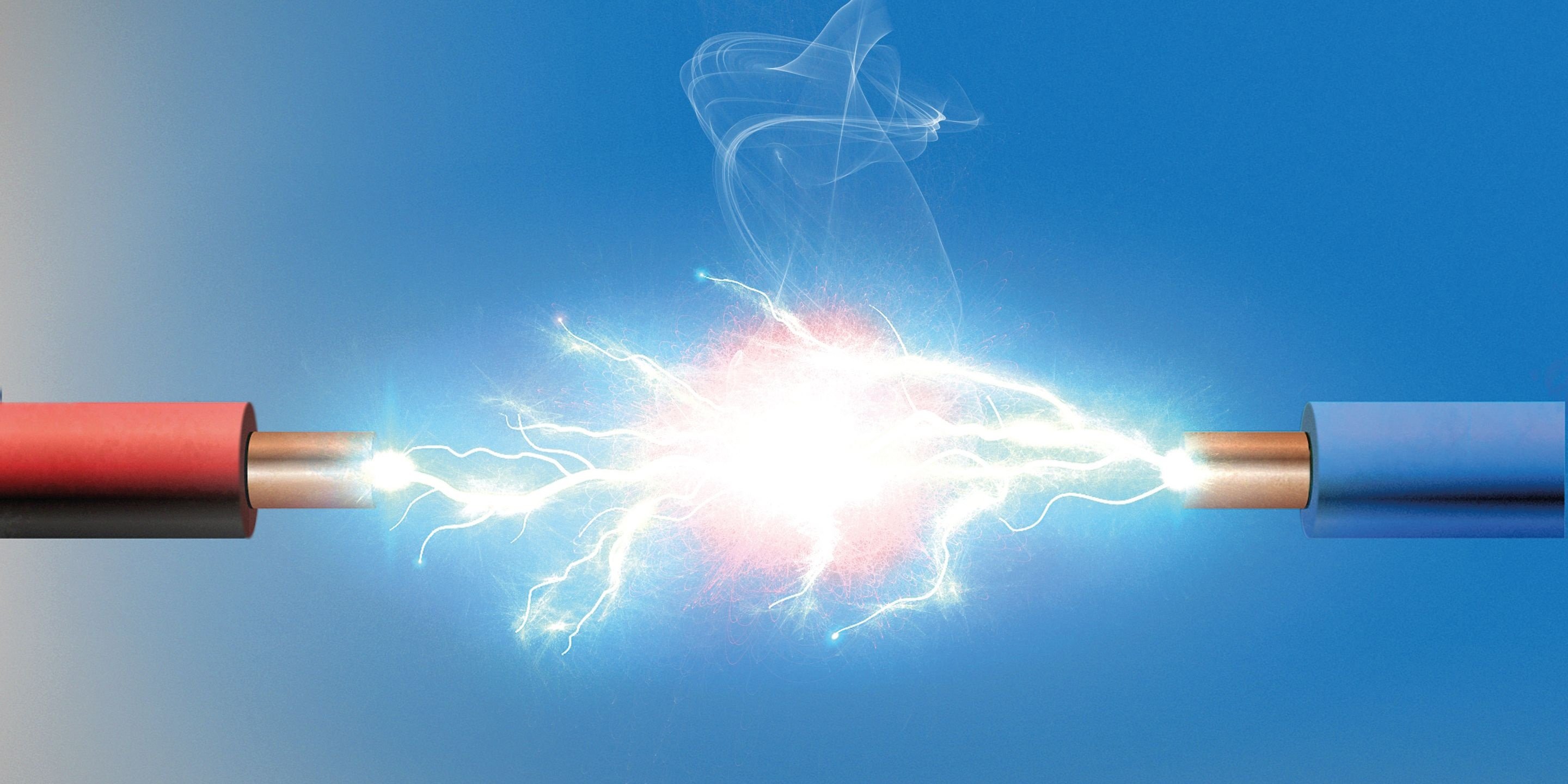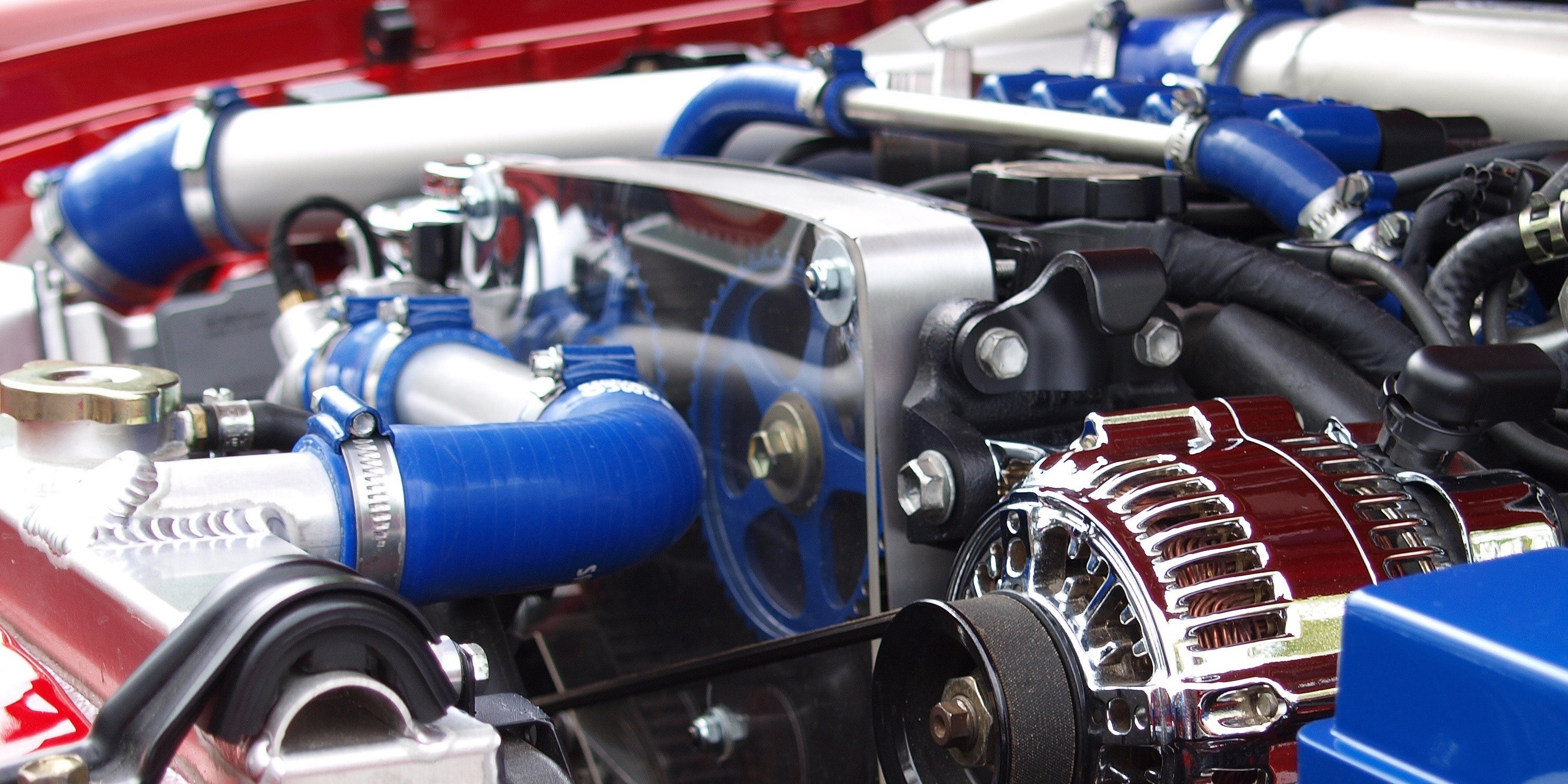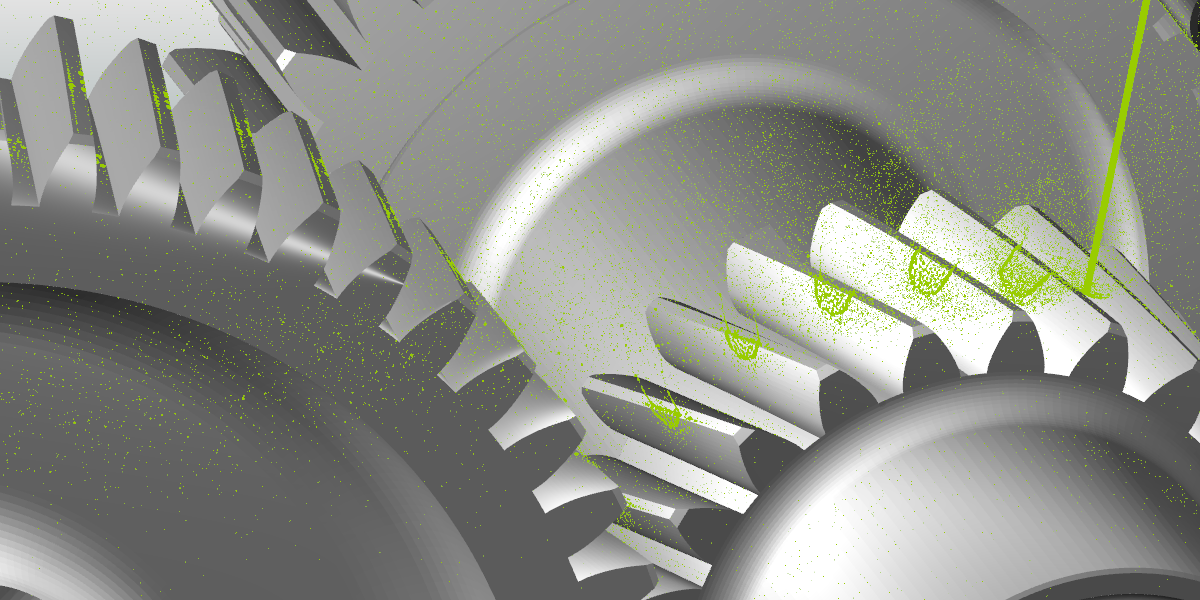After decades in which engineers, mathematicians, biologists, and doctors have worked in disciplines that were considered to be very separate fields, we are now facing a revolution in the health sector: intensive collaboration between these various disciplines makes it possible to achieve astonishing results that were previously unthinkable.
Published by Redazione - Sep 13, 2022 3:07:00 PM | 🕓 Reading time: 3 minutes
Topics: innovation
Published by Marisa Zanotti - Dec 16, 2021 9:36:00 AM | 🕓 Reading time: 3 minutes
Paolo Bellutta is a Mars Exploration Rover Driver, officially a “Rover Planner”, at the Jet Propulsion Laboratory of NASA’s Mars Science Laboratory, in Pasadena, California, which is one of NASA’s R&D laboratories in the USA. Bellutta is responsible for moving the Mars rover around the Red Planet, picking the images that the vehicle captures at the end of the day, deciding where it is safe to move the vehicle to approach the various science goals that the geologists and other scientists communicate to him, and so on.
Published by Kathleen Grant - Sep 30, 2021 10:40:00 AM | 🕓 Reading time: 17 minutes
The interest in artificial intelligence (AI) is growing apace. Scarcely a day goes by without the publication of some article in the press concerning its abilities. However, many of these articles, particularly in the mainstream media, remain sensationalist and do not come to grips with the real potential for artificial intelligence in the business, and particularly, industrial sectors.
Aiming to provide more clarity for our readers, we interviewed Luca Formaggia, Professor of Numerical Analysis at the Politecnico di Milano, Italy, and President of SIMAI (the Italian Society of Industrial and Applied Mathematics) and Pierluigi Contucci, Professor of Mathematical Physics at the University of Bologna, and Coordinator of the National Research Plan (2019) on AI, Robotics and Cybersecurity.
Topics: Simulazione, AI
Published by Lorenzo Bucchieri - Sep 16, 2021 10:15:00 AM | 🕓 Reading time: 7 minutes
Space exploration is an important aspect of human evolution in the late 20th and in the 21st Centuries. Since the first Sputnik launch, there are now nearly 3,000 satellites orbiting Earth, each serving different purposes. One benefit of these for everyday life relates to communication, traffic, and navigation issues. The challenges that need to be overcome for space push technological limits, stimulating scientists and engineers to develop new products, which then become part of everyday life, such as freeze-dried foods, water purification systems, and scratch resistant lenses.
One of the next challenges is to build a Space Gateway to allow deep space missions, like the transit to Mars. This will require a huge joint effort by the international community to develop a series of technologies to allow humans to survive in hostile environments for long periods of time. Life support in space is, therefore, one of the main challenges at present.
Published by Novella Saccenti - Jul 29, 2021 10:15:00 AM | 🕓 Reading time: 7 minutes
Designing, developing and manufacturing high-performance, ground-breaking products requires engineers to integrate multiple disciplinary skills into an effective and efficient process of design and optimization.
Topics: modeFRONTIER, Design to cost
Published by Silvia Demattè - Jun 17, 2021 10:47:00 AM | 🕓 Reading time: 3 minutes
The increasingly competitive marketplace, with highly demanding customers and shrinking product development cycles, compel organizations to streamline product development and boost product performance while simultaneously drive down their internal costs. Thus resources (cost, budget, etc.), scope (features, functionalities, etc.) and schedule (time and prioritization) become equally important parameters of the project management triangle.
Nevertheless, most design teams still approach product-development tasks with several unstaged iterations. Often, these iterations are not fully aligned with the broader business strategy, and different targets (KPI) are adopted for design, manufacturing, and supply chain teams.
Topics: modeFRONTIER, Design to cost
Published by Redazione - Feb 4, 2021 11:36:00 AM | 🕓 Reading time: 3 minutes
Residual current devices (RCDs) are arguably the most important electrical safety devices for human beings in both residential and industrial settings. Where circuit breakers function to protect electronic devices and electrical systems from electrical overload, the residual current device is designed to cut the flow of electricity to your circuit when it detects that the flow of electricity is going to travel down an unwanted path. The speed at which the RCD cuts the electrical flow varies from 40 to 300 milliseconds after the detection of a fault. They are not failproof, however, and many factors influence the speed of response. This article examines the simulation of an RCD to determine the factors that affect its response times.
Published by Massimo Galbiati - Jun 30, 2020 11:35:00 AM | 🕓 Reading time: 5 minutes
With major OEMs committing to increasing numbers of Electric Vehicles and greater electrification, the total electric car stock is growing and researchers and engineers are focusing on increasing the efficiency of e-machines.
One key technological enabler of electric vehicle is the closer integration of e-machines into transmissions and internal combustion engines (ICEs), and eventually fully integrated powertrains. This means that there will be a shared cooling and lubrication strategy within the transmission and e-machine, tending towards oil cooled e-machines.
Topics: Particleworks, MPS
Published by Massimo Galbiati - Apr 16, 2020 9:57:00 AM | 🕓 Reading time: 7 minutes
In the CAE sector new simulation methods continuously try to leave the embryonic or academic state to become mature and adopted by the industry. The success of this transformation depends on several factors, some related to the method itself, some other related to the “environmental conditions”, like the cultural readiness of the industry to rely and adopt new methods or the availability and affordability of hardware resources, that make these methods applicable at industrial level.
As in any natural process also in the world of simulation, the adaptability of the individual and the presence of favorable conditions play a vital role for the birth and growth on new methods. For sure in the last years more than before, the growing interest, awareness and also the increasing need for simulation have created the conditions for the rapid growth of new simulation techniques, that answer to un-responded engineering questions.
Topics: Particleworks, MPS

